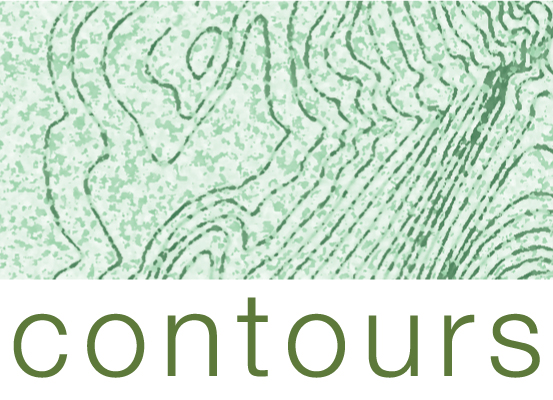Architectural Ties

Successful design is, I think, most readily achieved by linking a landscape to the architecture it accompanies.
During my years as a landscape designer, however, I’ve seen far too many places where the landscape was apparently designed in a vacuum, displaying little to no connection to the home or any other structures on site. To the contrary, our job as landshapers is to create harmony between what exists and what is to be built. To accomplish this effectively, we need to understand that which exists and develop a design that fits both the setting and the context while weaving together elements of both.
This concept was reinforced for me today in reading through the set of articles and columns we’ve prepared for this issue of LandShapes. In some form or another, nearly all of our writers this month validate the connection that should be established between structures and surfaces on given sites and the landscapes we intend to produce.
I acknowledge that there are virtues in thinking outside the box and that there’s value in designs that jar our senses and force us to think in unconventional ways, but most often such designs are a pleasure among insiders and designers who “get it” and serve mostly to provoke creativity among those who are willing to be persuaded to think about things differently.
The harmonious connections I’m discussing have little to do with provocation of the sort that comes, for example, with hanging a plasma television screen on one of the columns of the Acropolis. That sort of severe contrast is shocking, amusing and confrontational, but it’s art at a level that goes well beyond what all but a few of our most adventurous clients would ever tolerate.
Ultimately, our work should provide emotionally satisfying visuals in whatever setting they’ve been created. In Rosalind Reed’s “Up on the Roof” (click here), for instance, she suggests expanding living spaces with rooftop gardens by repeating the use of materials inside and out – that is, by tying exteriors to existing architectural details – to achieve a cohesive design. Similarly, Tim Thoelecke Jr. (“Ignoring Instincts,” click here) took a nondescript home and transformed it by borrowing a few key architectural details to shape a more inviting exterior – one that seamlessly blends garden and companion structures.
No matter how we treat our spaces, our work almost invariably should be done in a way that interconnects the landscape with existing architectural elements: It’s an exercise, quite simply, in making things look like they belong.
Certainly, architecture is a vast subject, and it would be difficult for any landshaper to amass complete knowledge of every style and variation that might be encountered. Given that situation, the best approach is to keep our eyes open, do some research, ask some questions and intelligently observe and borrow details from what we see around us. With even a modicum of this kind of care, it’s hard to go wrong.
Granted, whatever we do must mesh with the needs, desires and aesthetic sensibilities of our clients, and there are those out there who have very different tastes from ours. But I’d like to propose nonetheless that we will seldom if ever go wrong in tying everything back to the architecture.











